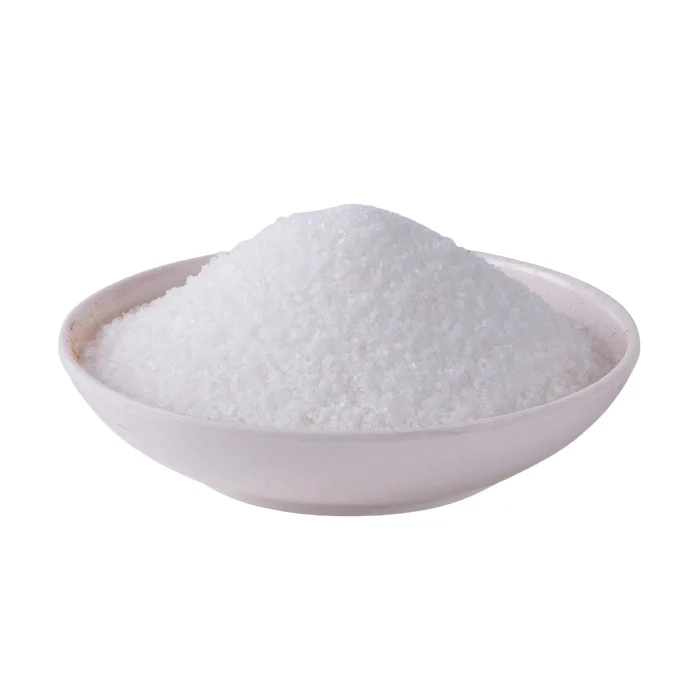- This topic is empty.
-
AuthorPosts
-
2024-07-08 at 2:43 pm #83799
Polyacrylamide is a polymer widely used in many industrial fields. Due to its unique flocculation and thickening properties, PAM occupies an indispensable position in industries such as water treatment, oil extraction, mining, papermaking, and textiles. However, the storage and transportation of this substance require special attention to ensure that its performance is not impaired while ensuring the safety of operators and environmental sustainability. This article will introduce in detail the storage conditions, safety measures, transportation methods, and precautions of polyacrylamide, as well as the relevant regulations and standards to be followed, aiming to provide a detailed guide for related industries.
1. Storage conditions of polyacrylamide
Temperature control: Polyacrylamide should be stored in a dry and cool environment, avoiding extreme temperature changes. The ideal storage temperature should be between 5℃ and 30℃. Extremely high or low temperatures may affect its chemical stability and physical properties, such as the viscosity of the solution. Long-term exposure to high temperatures will accelerate the degradation process of the polymer, while low temperatures may cause the product to crystallize and harden, affecting the use effect.
Humidity management: Ensure that the relative humidity of the storage environment is less than 70% to prevent polyacrylamide from absorbing moisture and agglomerating. Agglomeration not only affects the solubility of the product but also makes subsequent precise metering difficult. To this end, the storage area should be equipped with temperature and humidity control equipment to regularly monitor environmental conditions and make timely adjustments.
Lighting and ventilation: Avoid exposing polyacrylamide directly to sunlight, as ultraviolet rays may damage its molecular structure and reduce its effectiveness. At the same time, the storage area should maintain good ventilation conditions to prevent health risks caused by gas accumulation in confined spaces.
2. Safety measures
Packaging and labeling: The packaging of polyacrylamide should be sealed, moisture-proof, and made of sturdy materials to prevent damage during transportation. Each package should clearly mark the product name, production date, expiration date, Safety Data Sheet (SDS), and related hazardous materials warning labels, such as "keep away from fire" and "avoid inhalation of dust".
Fire prevention requirements: Although polyacrylamide is not easy to burn, fire prevention regulations should still be strictly followed in the storage area, smoking is prohibited, and appropriate fire-fighting facilities should be equipped. At the same time, keep the storage area clean and clean up scattered powder in time to reduce the risk of fire and explosion.
Personal protective equipment: When handling and using polyacrylamide, operators should wear appropriate personal protective equipment, including protective glasses, masks, gloves, and work clothes, avoid direct contact with product dust, and protect the skin and respiratory system from harm.

3. Polyacrylamide transportation and precautions
Transportation tool selection: Polyacrylamide can be transported by road, rail, sea, or air. When choosing a transportation method, factors such as cost, distance, and urgency should be considered. Regardless of the method used, ensure that the transportation tool is clean, dry, and rainproof.
Loading and fixing: When loading polyacrylamide, ensure that the goods are stacked firmly to prevent damage to the packaging due to bumps and vibrations during transportation. For bulk products, special fixing devices or binding straps should be used for fixing.
Environmental control during transportation: If the transportation distance is long or the climatic conditions are severe, it may be necessary to control the temperature and humidity of the transportation environment. Especially when the temperature is high in summer or low in winter, appropriate insulation or refrigeration measures should be taken to ensure that the product performance is not affected.
Regulations and standards to comply with: When storing and transporting polyacrylamide, relevant international and regional regulations must be followed, such as the UN Recommendations on the Transport of Dangerous Goods, the IMDG Code, and the dangerous goods regulations of the International Air Transport Association (IATA). In addition, the requirements of the Occupational Health and Safety Management System (OHSAS 18001) and the Quality Management System (ISO 9001) must be followed to ensure the health and safety of operators and product quality.
The above-detailed storage and transportation guidelines can effectively guarantee the performance and application effect of polyacrylamide while ensuring the safety of operators and environmental sustainability.
As a polyacrylamide manufacturer, we ensure that all polyacrylamide shipped from the factory is properly stored in the best condition. This includes strict control of temperature and humidity to avoid potential damage to the product caused by light and moisture. In terms of safety measures, we not only focus on the safety of the production process but also pay attention to the subsequent storage and transportation process. All product packaging meets the highest standards and is accompanied by clear safety labels and SDS to guide users incorrect handling. In terms of transportation methods and precautions, we work with a professional logistics team to ensure the safety and integrity of the products during transportation.
http://www.scdbwhb.com
Sichuan Dingbowei Environmental Protection Technology Co., Ltd. -
AuthorPosts
- You must be logged in to reply to this topic.